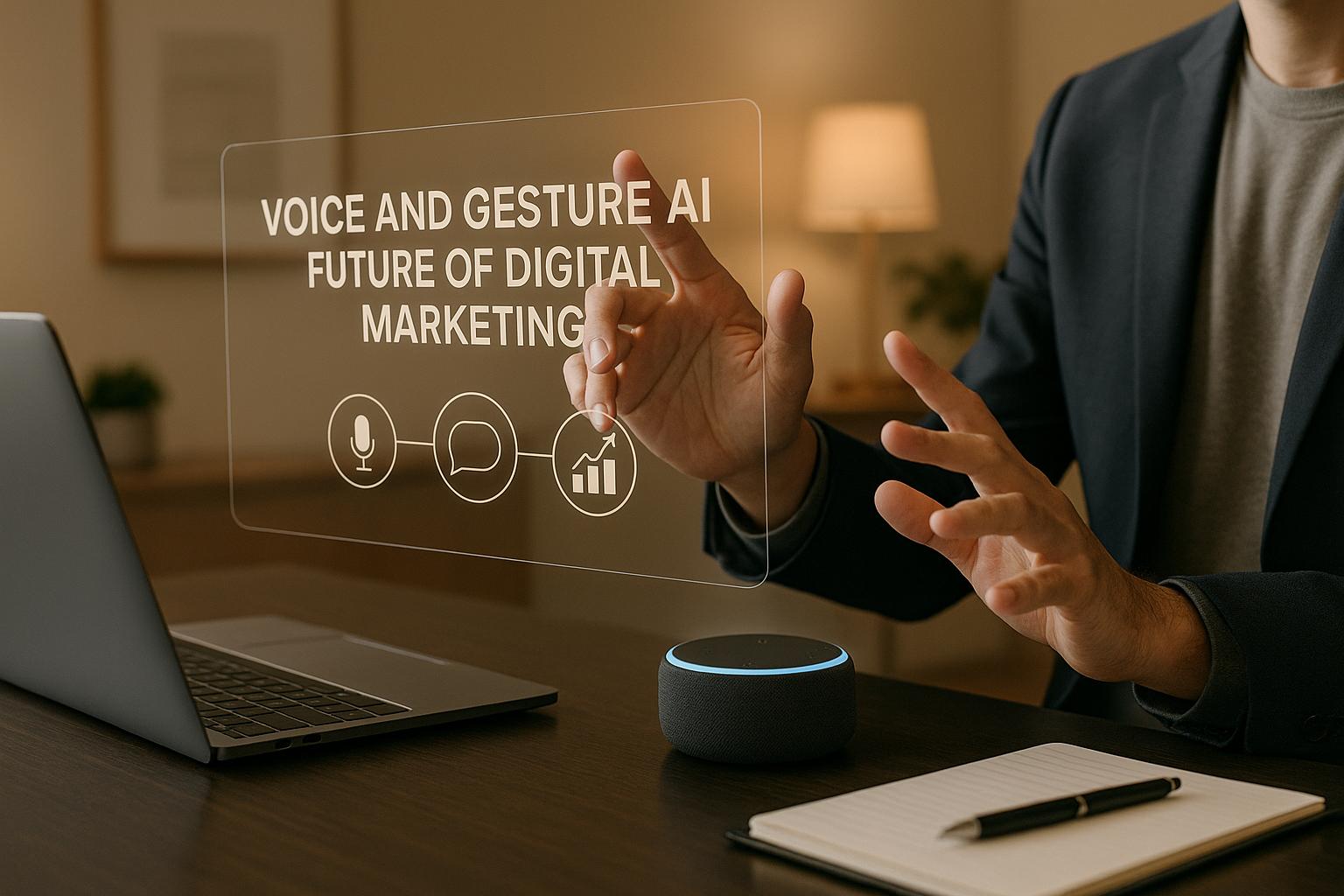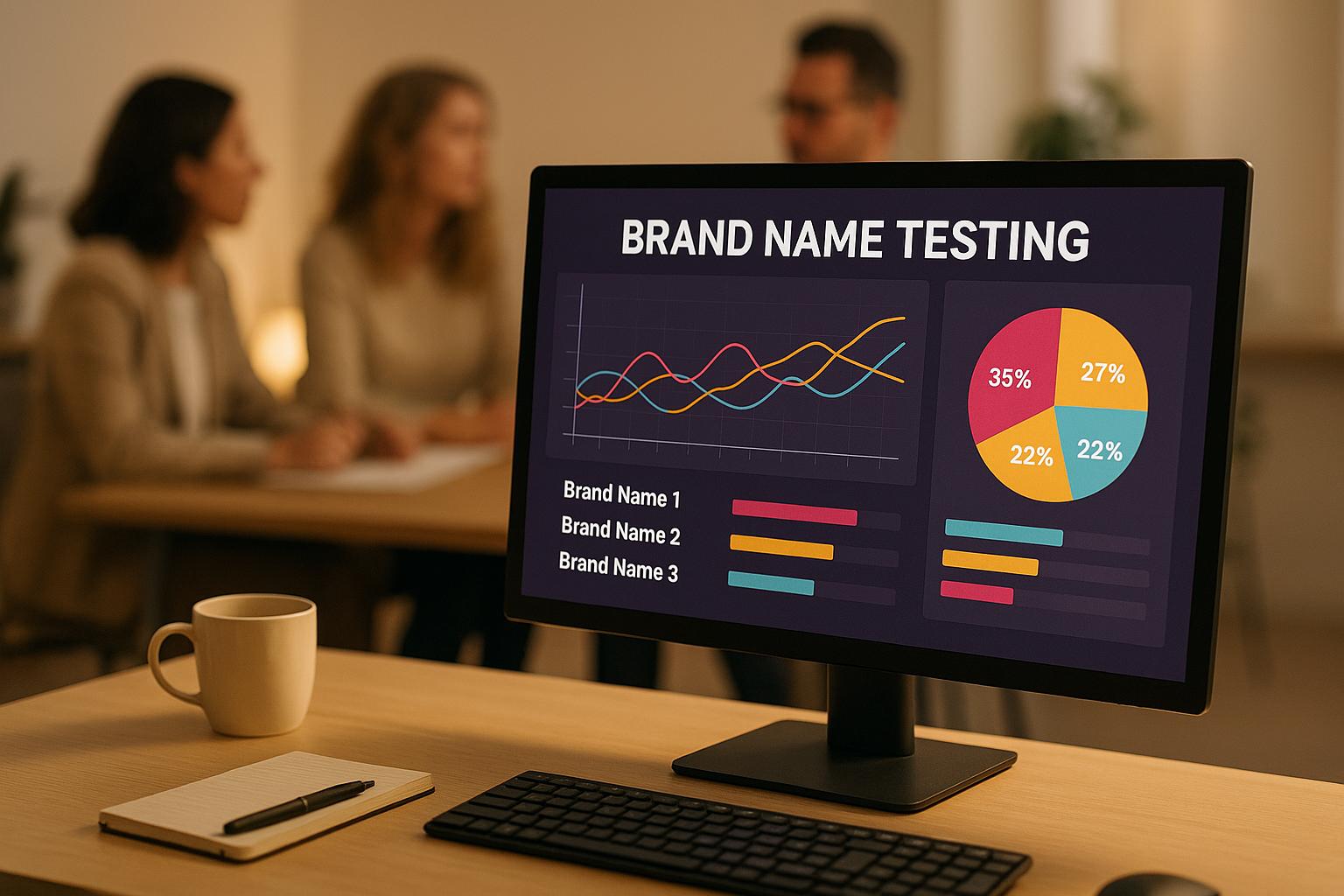Want to maximize your marketing efforts while saving time and money? Marketing automation can help, but how do you measure its success? The key is understanding ROI (Return on Investment) – how much value automation brings compared to its costs.
Key Metrics to Measure ROI:
- Lead-to-Sale Conversion Rates: Tracks how many leads turn into paying customers. Average rates: 2.23%-4.31% (B2B) and 1.84%-3.71% (ecommerce).
- Customer Lifetime Value (CLV): Total revenue a customer generates over their relationship with your business.
- Cost Per Customer Acquisition (CAC): Includes all costs to gain a new customer, like software, training, and content creation.
- Return on Ad Spend (ROAS): Revenue generated per dollar spent on ads. Average: 3.62.
How Automation Boosts ROI:
- Efficiency: Saves time by automating repetitive tasks (e.g., content creation, email segmentation).
- Personalization: Tailors campaigns to different audience segments using AI.
- Cost Savings: Reduces operational costs and improves overall campaign performance.
Real-World Examples:
- North Face: Achieved 60% click-through rates and a 35% increase in order value with AI.
- RedBalloon: Boosted ROAS to 1,100%, cutting marketing costs by 25%.
- Starbucks: Increased campaign effectiveness 3× and saw a 14% year-over-year rise in customer spending.
Bottom Line: To improve ROI, focus on data quality, track key metrics like CLV and CAC, and combine automation with personalized customer experiences.
Marketing Automation ROI Calculator
Core ROI Measurement Metrics
Here are four key metrics to help evaluate the return on investment (ROI) for marketing automation:
Lead-to-Sale Conversion Rates
This metric tracks how many prospects turn into paying customers. The average rates vary: for B2B, it’s between 2.23% and 4.31%, while ecommerce sees rates of 1.84% to 3.71% [1]. Conversions could include actions like signing up for a newsletter, making a purchase, requesting a demo, or activating a trial.
Customer Lifetime Value (CLV)
CLV calculates the total revenue a customer generates over their relationship with your business. Breaking this down by acquisition channel and engagement level helps pinpoint which automation strategies drive higher long-term value.
Cost Per Customer Acquisition (CAC)
CAC includes all the costs involved in gaining a new customer. This includes expenses like software subscriptions, data migration, setup, training, agency or consulting fees, and ongoing operational costs such as content creation, campaign management, and team time.
Ad Spend Returns (ROAS)
Return on ad spend (ROAS) measures how much revenue is generated for every dollar spent on advertising. The average ROAS for digital marketing is 3.62 [1]. You can improve this by using AI-driven segmentation, automated A/B testing, lead scoring, and tracking metrics like email open rates, which typically range from 33% to 41.6% [1].
In-Depth ROI Analysis Methods
Once you’ve established your key metrics, take your ROI analysis further by examining every touchpoint and mapping out the customer journey. This helps you connect your investments directly to measurable results.
Attribution Across Touchpoints
Attribution modeling is essential for understanding how each channel contributes to conversions. It also helps eliminate data silos that can obscure your revenue sources [3]. By adopting cross-channel tracking, you can get a clear picture of how various touchpoints work together to drive results.
Mapping Customer Paths
Accurate, verified prospect data is the foundation of effective journey mapping. Track how prospects engage with your brand and monitor their progress through different stages. This allows you to identify where drop-offs occur and address them [3]. Stage-specific conversion rates can also show how maintaining clean data speeds up your pipeline.
Measuring Direct Impact
Connect these insights back to your metrics like CLV, CAC, and ROAS. Here’s how automation can influence those numbers:
- Efficiency gains: Measure time saved, such as reducing content creation time from 4 hours to 1 hour [4].
- Cost reduction: Compare staffing needs or workload before and after automation.
- Revenue impact: Analyze changes in conversion rates and deal-closing efficiency before and after automation.
For more precise ROI calculations, tailor your messaging to different customer segments [3]. This approach not only boosts engagement but also provides cleaner, more actionable data for your analysis.
sbb-itb-c00c5b1
Connecting ROI to Business Goals
To align marketing automation with your business goals, you need a clear strategy that combines AI tools with measurable performance targets. When executed well, this approach can boost both efficiency and revenue.
Adding AI Tools to Marketing
AI-driven marketing automation is changing how businesses manage repetitive tasks and create tailored campaigns at scale. Here are some key ways AI tools can help:
- Automated lead scoring and nurturing: Focus on prospects with the highest potential [1].
- Scalable personalization: Tailor campaigns for different audience segments [1].
- AI-powered chatbots and knowledge bases: Provide around-the-clock support and gather valuable feedback [1].
Once these tools are in place, set ROI goals aligned with key metrics like Customer Lifetime Value (CLV), Customer Acquisition Cost (CAC), and Return on Ad Spend (ROAS) to monitor AI’s impact.
Setting Clear ROI Targets
Define ROI goals using benchmarks like CLV, CAC, and ROAS. For reference, the average ROI for digital marketing activities is about 3.62 [1]. Industry benchmarks can guide your targets:
- Ecommerce conversion rates: 1.84%–3.71%
- B2B conversion rates: 2.23%–4.31%
- Email open rates: 33%–41.6% [1].
To evaluate AI’s contribution, track metrics like time saved, cost reductions, and revenue growth. For example:
- Time efficiency: Faster content creation.
- Cost savings: Streamlined processes through automation.
- Revenue growth: Higher conversion rates.
These insights can help justify AI investments by showing clear gains in efficiency and profitability.
Using AI Marketing Tools Effectively
Once you’ve set your ROI benchmarks, it’s time to put AI tools to work to achieve and monitor your goals.
Automating Daily Tasks
AI marketing tools can take over repetitive tasks, saving businesses a lot of time. Companies using AI automation report cutting 30–40% of the time spent on routine tasks [6].
Content Creation and Distribution
AI can repurpose a single piece of content into various formats. For instance, a webinar can be turned into blog posts, social media updates, and newsletters, making content go further [5].
Email Marketing Optimization
AI enhances email campaigns by analyzing subscriber behavior. It figures out the best times to send emails, segments lists automatically, and even writes subject lines that grab attention. This has led to businesses seeing up to 45% higher email open rates, which directly improves return on ad spend (ROAS) [8].
From here, you can use these efficiencies to create more customized customer experiences.
Scaling Customer Personalization
Nearly all companies – 92% – leverage AI to deliver personalized experiences on a larger scale [6].
"AI marketing tools are no longer just ‘nice to have’ – they’re essential for businesses looking to stay competitive and grow efficiently." [5]
Here are some real-world examples of AI-driven personalization in action:
- North Face: By using IBM Watson AI, North Face achieved:
- 60% click-through rates on product recommendations, boosting customer lifetime value (CLV)
- 75% email open rates for personalized messages, improving ROAS
- A 35% increase in average order value [5]
- RedBalloon: This company used AI-powered paid media to great effect:
"We started out shooting for a 500% return on ad spend, which Albert achieved. Now, we average 1,100%. On some campaigns, we hit 3,000%." – Naomi Simson, Co-founder of RedBalloon [7] They also cut marketing costs by 25%, lowering customer acquisition costs (CAC), and uncovered new customer segments in international markets [7].
- Starbucks: Their AI personalization engine delivered:
- A 3× improvement in marketing campaign effectiveness, boosting ROAS
- A 2× increase in email redemptions, enhancing CLV
- A 24% rise in customer survey responses, improving targeting
- A 14% year-over-year increase in spending by Rewards members, further increasing CLV [5]
These examples show how AI can help you achieve specific goals. Use them as a guide to align your AI campaigns with metrics like CLV, CAC, and ROAS for maximum impact.
Conclusion: Steps to Improve Automation ROI
To make the most of your automation efforts and see better returns, focus on these key steps.
Focus on Data Quality
Just like journey mapping, solid data is the backbone of any ROI improvement. Break down data silos between marketing and sales teams to uncover revenue opportunities and ensure your automation systems operate on accurate, reliable information [3].
Track and Refine Metrics
Keep an eye on these important metrics:
- Customer acquisition cost (CAC), conversion rates, email engagement, and campaign revenue
- Time and cost savings achieved through AI
- Revenue growth and customer lifetime value (CLV) improvements
- Real-time performance tracking and testing
Regularly test and tweak your campaigns to keep them performing at their best [2]. This ongoing refinement helps maintain progress and ensures you’re getting the most out of your automation tools.
Combine Automation with Personalization
As you automate tasks, don’t lose sight of the customer experience. Leverage AI-driven segmentation to craft campaigns that speak directly to specific customer groups. Avoid falling into the trap of sending out generic messages that fail to connect (refer to the Scaling Customer Personalization section) [3].





